When I brought my first audio system home from the store, way back in 1973, I was so very excited. At the time, I had no music, because it then took every penny to my name to purchase the system itself. And whereupon getting all the boxes back to my bedroom (I was still living with Mom and Dad), I suddenly realized I did not have anywhere to place my newly-beloved treasure. The floor would have to do. A few days later I cobbled together some heavy walled boxes, which at the time the grocery store always seemed to have. My first audio rack was, in effect, several cardboard boxes. This was an ignominious start, to be sure.
Today, audiophile equipment racks have taken on a whole new and different role in sound reproduction. Far more than simply a means to get our components off the floor, racks also double as vibrational energy-reducing devices. The also add the flexibility of accommodating components of varying sizes. They range from very simple design aesthetics to drop-dead gorgeous architectural statement pieces. Prices range from very affordable to as much as a luxury automobile. Sometimes, more …
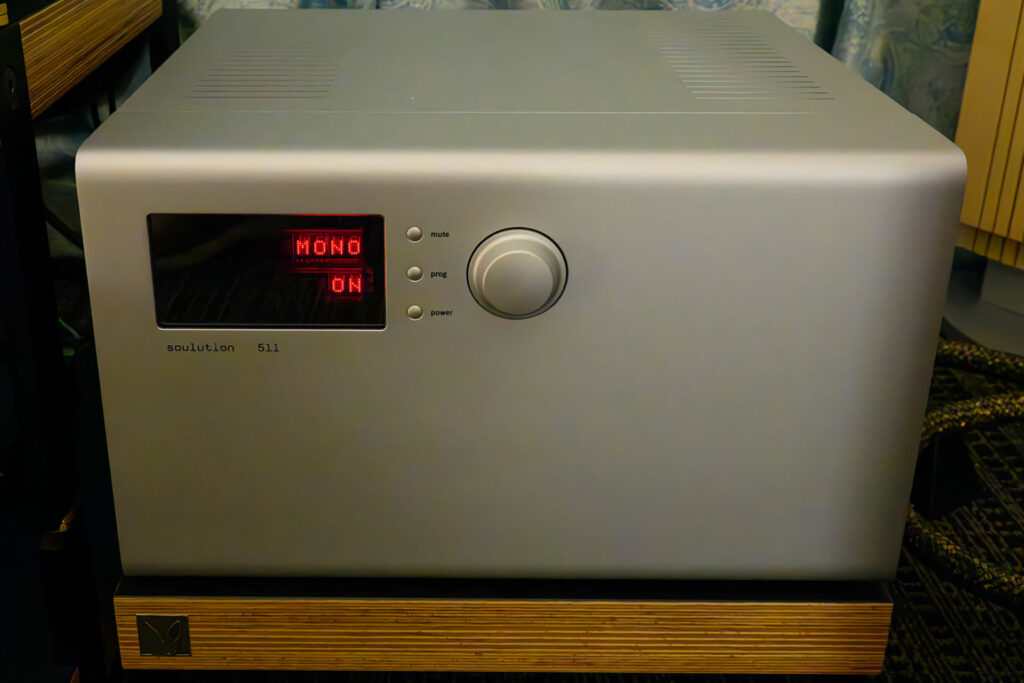
Where is the Best Place to House a System… a Standalone Rack or a Built-In Cabinet?
Ah, this is a real dilemma, right? Suppose you have a system which is doing double duty as a home theater setup for family movies and anytime television, and additionally for music. Where is the best place to house this system? Many “better halves” would opt for putting the system in a cabinet in the large wall unit in the den, which also houses the TV, all sorts of books, plants and various decorations, the notion of out of sight being their predominate goal of room feng shui.
Most audiophiles, ever keen to the idea of housing a system so that it WILL be seen, are opposed to the out of sight, out of mind ethos. Our equipment, especially given how much some of it might easily cost, is not only sonically advanced, but also visually beautiful. Why stick a preamp with lights and dials glowing in the darkness of a cabinet where they cannot be seen? Beauty lies, ultimately, in the eye of the beholder, and not every family member is enamored of glowing lights and dials on an audio whatever. I feel certain the question of where to house a system is a controversial debate in many families. It only makes sense, consequently, that audio racks look spectacular, along with whatever sonic improvements they may provide.
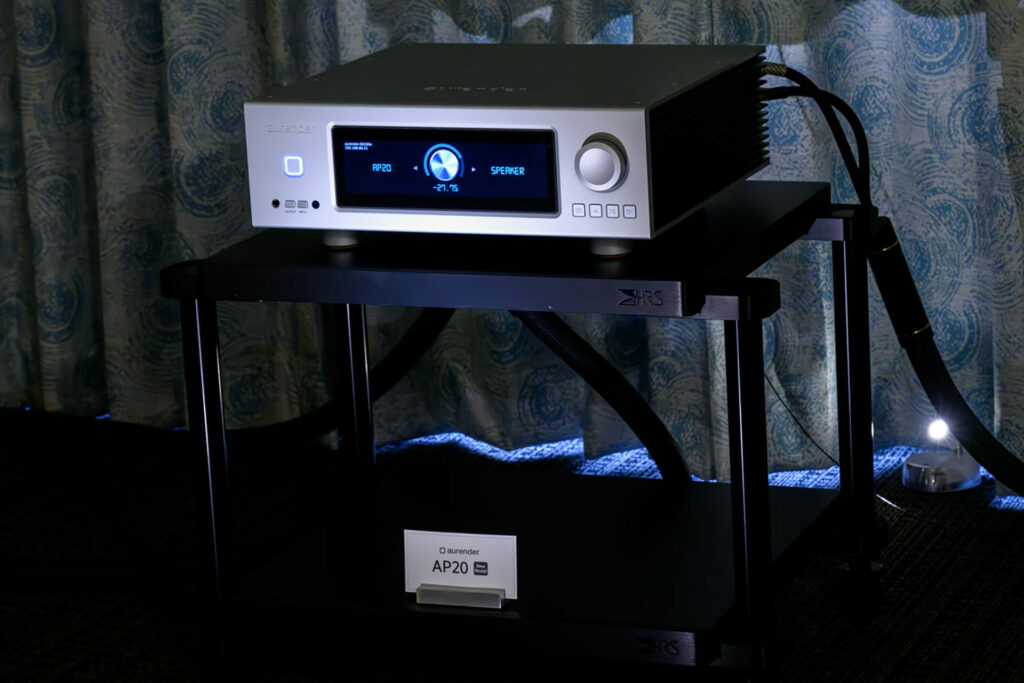
What Does an Audiophile Rack Really Do and What Should You Look For?
Audiophile racks have evolved, well beyond a simple cabinet or piece of furniture, to function as a landing pad for an audio system. For some, myself included, the process of reducing vibrational energy created by our components is much more important today than 20 years ago. Circuit boards vibrate, and that mechanical energy may be converted to electrical energy and passed along with the audio signal, which ultimately becomes distortion. There are any number of platform and footer devices available for this purpose. I use these devices under every single component in my system – speakers and subs included. Audio rack manufacturers have caught on to the notion it might be a marketable idea to provide vibrational energy absorption in their products as a selling tool. So, one goal of an audio rack is the reduction of distortion in audio playback.
Another goal in a well-designed audio rack is the ability to accommodate components of different sizes. Let’s face it, amps can range in size by significant amounts. Some amps, for instance, are tall rather than mostly square to rectangular-shaped. Components such as the T+A M40HV, the VTL Siegfried Series and the Naim Statement monoblocks are all seriously large, heavy amplifiers. They would be very difficult to fit into a rack, and normally stand on the floor. Other rack-friendly but also somewhat challenging amps are widely available.
Companies like McIntosh, Solution, Gryphon and others make components which would challenge the space allotment of even the most ingenious racks. Principally, it is an issue of heat and weight. Amps tend to produce heat … especially Class-A amps. They need air surrounding them to allow for proper ventilation. Cramming a large, heat-producing amp into a rack with only millimeters to spare is not only unwise, it can be downright dangerous to your expensive amplifier. Rack manufacturers therefore try to make provisions for adjustability to accommodate large audio components.
Some amps are pervasively heavy. The Gryphon Apex Stereo Amp, for instance, weighs some 445 pounds and is physically quite large. How easy is this component to move around? Amps such as this one prefer being on the floor. So, is a rack even necessary? Any amplifier with sufficient size and weight may not even fit into the most adjustable of racks. Most racks have a maximum weight per shelf of about 200 pounds. A nearly 450-pound behemoth is a no-go operation for any audio rack.
Amps producing a significant amount of heat may also present a challenge to a rack, especially one with reduced airflow. The manufacturer recommends that my T+A A3000HV amp have 14 inches of clearance on top and nine inches on the sides. My rack allows about one quarter of an inch on top and, although my amp is Class-AB, I heeded the company’s advice and have my amp on a platform on the floor. Any component with sufficient weight and producing a noticeable amount of heat may be better served on the floor and not pigeonholed into an audio rack. Feng shui notwithstanding.
What Materials Are Used in the Construction of an Audio Rack?
This is a question best answered by the cost of the rack. Many budget-friendly racks are made from thin sheet metal. This does not mean they are not up to the task of housing an audio system. On more expensive racks, heavy walled steel or aluminum tubing may be employed with substantial shelf supports mechanically fastened to the vertical supports. Shelves may be wood, aluminum, steel and even glass. Most rack manufacturers will also include some provision for vibration control. This may come in the form of a special shelf material or something added to the base material from which the shelf is constructed.
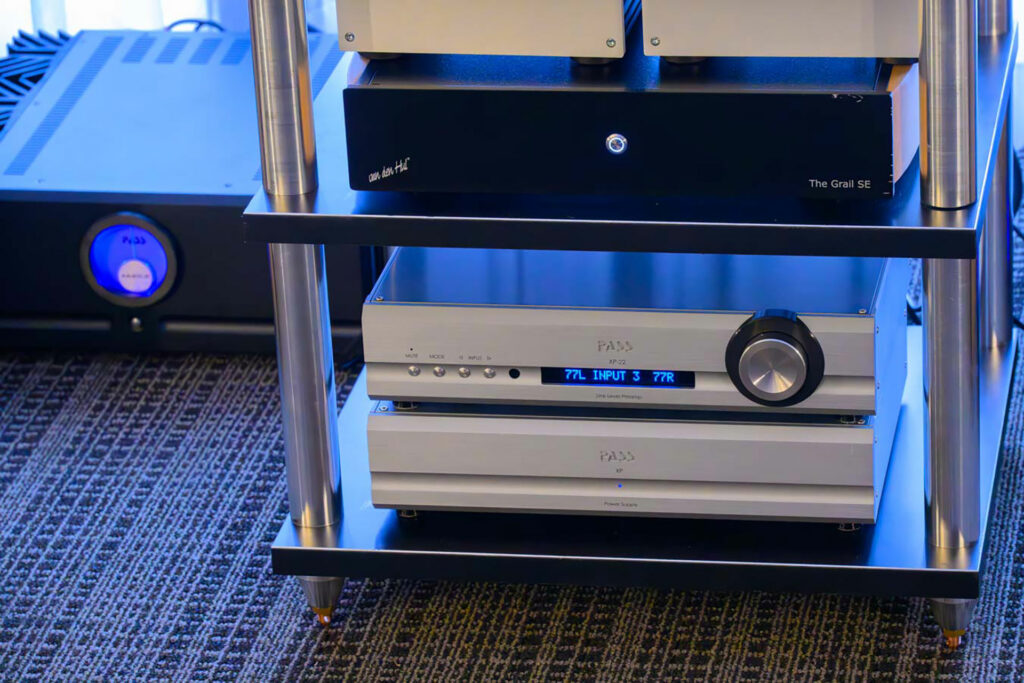
What Should You Look for in an Audiophile Equipment Rack?
Obviously, a rack must be affordable relative to your budget. It needs to fit within the system itself. It hardly makes sense to spend $50,000 on an audio rack, which may easily be done, for a $2,000 audio system. Monoprice AV racks, for instance, makes an affordable three-shelf, 47-inch-long rack for $319. A 60-inch-long version is available for $364, making both easily capable of housing a multi-component audio system for an affordable price. The height of the shelves is adjustable with different lengths of vertical supports.
On the opposite end of the spectrum, companies like Critical Mass, HRS and Stillpoints all make rack systems with a retail cost of about $5,000 to in excess of $60,000. These racks are designed to house systems of one or two and as many as six to 10 components. This is a long way from a cardboard box procured from the dumpster behind a grocery store (I was 15 at the time, OK?).
Another welcome rack feature is flexibility. Many audio racks have the ability to alter the height of the individual shelves. Some companies, like Monoprice, do so with vertical supports of varying length. If you need a shelf space 20 inches tall, you use four vertical supports of that size. If eight inches tall is sufficient, eight-inch-tall supports will therefore be used. This flexibility may increase the base price of the standard version when additional support pieces are needed. Other manufacturers make their racks with custom sizes per the customer’s requirements. These cannot be modified once made. It is therefore important to have an idea of an upgrade path, so that the correct rack may be chosen. It makes sense to have a rack that can grow with the system as it evolves.
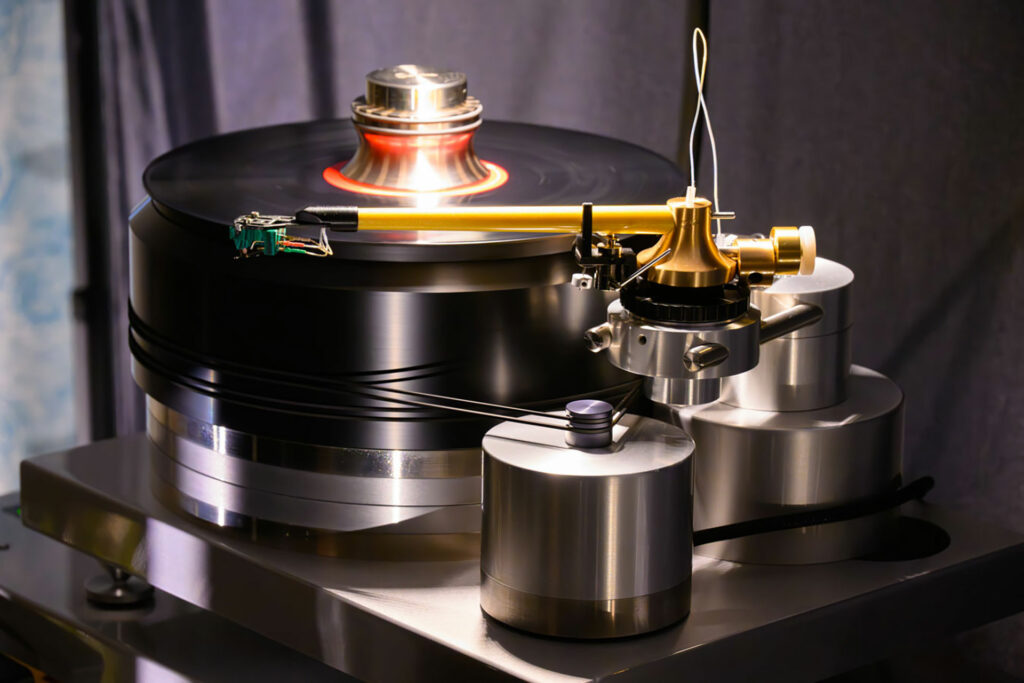
Will a Good Audio Rack Help Improve Your Sonic Performance?
Perhaps of paramount importance to many audiophiles is a rack system designed for improved sonics. This is the art and science of vibrational energy reduction. Critical Mass, on their top line Olympusrack system, uses 25 layers of specialized material constructed in a constrained layer-dampening configuration. This design is claimed to draw vibrational energy out of the component, convert it to heat and dissipate it – thereby eliminating the distortion consequence born of the conversion of mechanical energy to electrical energy.
Other rack manufacturers, especially budget versions, simply provide a metal or wooden shelf on which a component may reside. There is little in the way of sonic improvement consideration in this type of design. Here again, for many budget systems, this rack design is acceptable in every way, will easily house an audio system, and be visually pleasing in the process. However, if you want to provide the opportunity for improved sonics from an audio rack, vibrational absorption will be a feature of such a system. Subsequently, it will likely be necessary to spend several thousand, up to many thousand, dollars on an audio rack designed to help achieve the Nth degree of musical perfection.
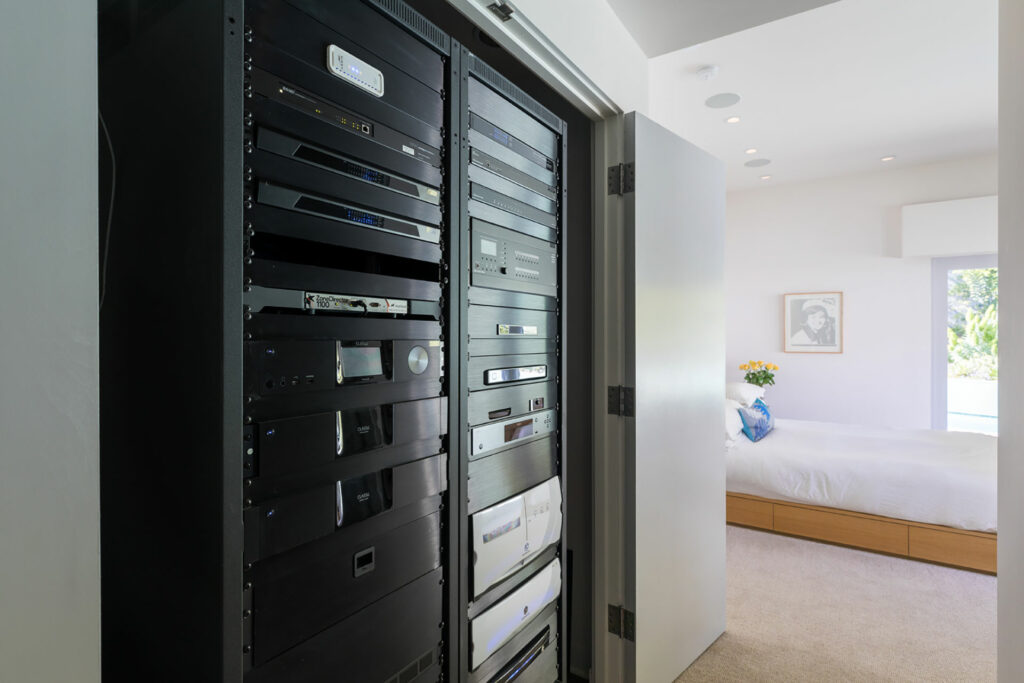
What About the Issue of Heat?
Most rack systems are open by design in order to allow air circulation. It is generally considered a smart idea to allow audio components to breathe, so that they will remain cool to the touch. Class-A amps, and the prodigious amount of heat they can emit, need to be reasonably cool for proper operation and it may be wise to not rack-mount them at all. They may be better served sitting on an amp stand on the floor. This brings up a whole other question. If a rack is open on all four sides to allow ventilation, it also means the gaggle of wires behind the rack will be visible to everyone in the room. If you like neatness and order, as do I, this is an unwanted condition. I purchased some thin black fabric, cut it to size and taped it to the back of my rack. Air can still pass through, but the behind-the-scenes chaos of cables in my audio rack is obscured.
Heat is very often a byproduct of our hobby. Amplifiers are obviously the most notable culprit, but other components may also produce heat. In some cases, it is not just one component, but the entire system itself. This is particularly true for anyone like myself, who seldom ever powers down their system. Mine runs 24/7, and it is not uncommon, especially in the hot Southeast summer months, for my audio room to be warmer than the rest of the upstairs. When I have friends over for music, I make sure the temperature in the listening space is not too warm. In the winter, it is not a problem. In any event, consider the amount of heat the entire system will produce when contemplating a rack. Keeping your system cool is the best way to ensure it will be available for your listening pleasure for years to come.
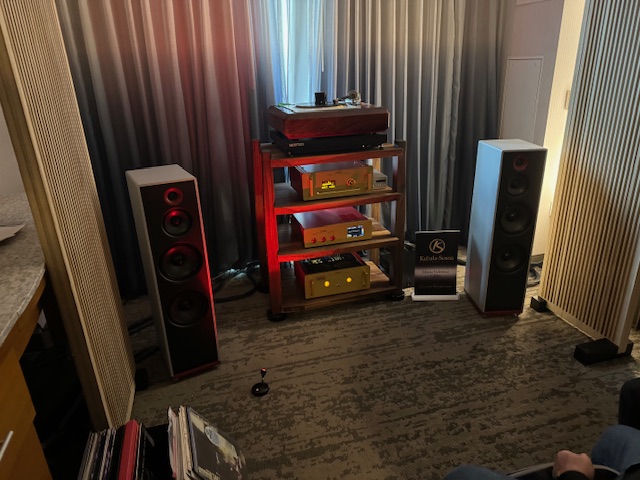
Flimsy is Never a Good Thing in an Audio Rack
Another worthwhile feature of an audio rack is being in possession of sufficient mass and structure to be absolutely sturdy. Flimsy audio racks do not provide adequate support, and are typically a worthless expense. Put a turntable on a lightweight, less than sturdy audio rack, and be prepared for falls. Given the weight of our systems in total, the last thing anyone would ever want is for their entire system, rack and all, to collapse due to excessive weight. Be sure each shelf will support far in excess of the weight of all components being placed on them. Here again, the more expensive racks will provide more weight per shelf than the more budget versions. Like most things, this is a get what you pay for scenario. It goes without saying that a rack made from thin-gauge aluminum will never support as much weight as a rack made from heavy walled steel tubing and robust shelving. Some racks, like mine, are made from substantial hardwoods and three-quarter-inch-thick pieces of granite. Supporting my system is therefore not a challenge at all.
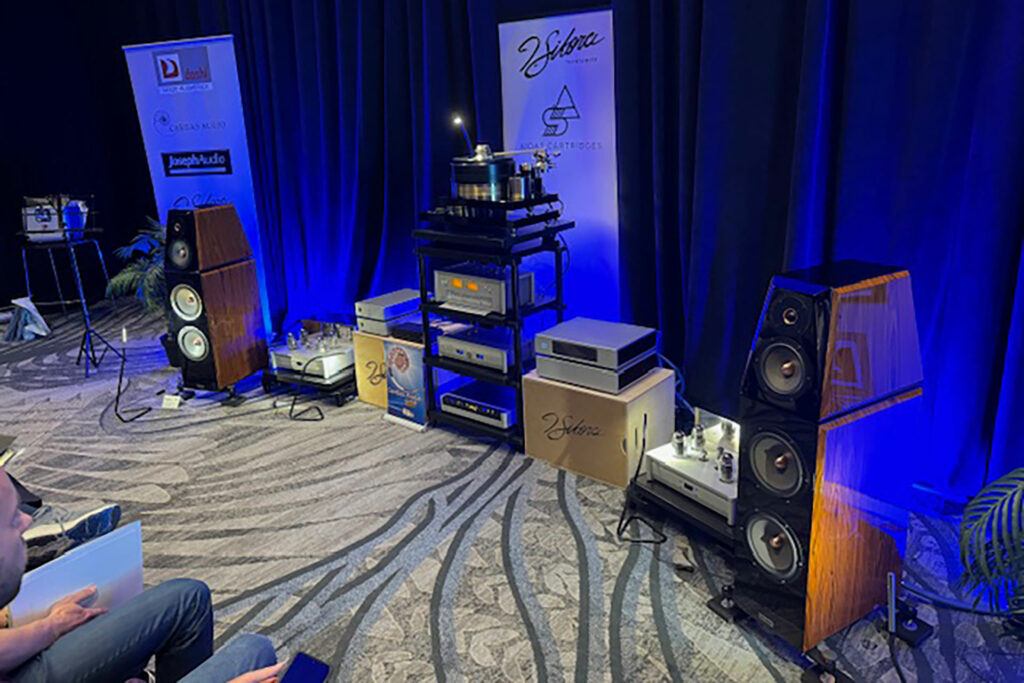
Final Thoughts on Audiophile Equipment Racks …
I would hope that all audiophiles have moved well beyond cardboard boxes as a means to display their prized audio systems. I certainly have. And while my rack is almost 20 years old, and cannot be customized at all, I still enjoy the beauty and overall functionality it provides. I’ve learned to work around the lack of adjustable shelving. Modern audio racks, however, will usually offer a full complement of customization and other worthwhile features. They may be purchased for less than a thousand dollars, or well into the five figures. In this respect, it is buyer’s choice, as it is with the audiophile hobby in general. Some racks also provide sonic improvements built in, therefore eliminating the need to purchase separate footer devices and platforms, as well as avoiding their associated costs.
For the most part, audiophile racks are an indispensable part of an audio system. We audiophiles are proud of our systems and want to showcase them in their best light. Making an audio rack part of the overall budget, beyond amps, sources and cables, is a patently wise thing to do. Make sure the cost of the rack fits the cost of the system, but with an eye for the future. Plan for things like weight, heat and customization. Look for an attractive rack that looks as sharp and modern as the components themselves. Audio racks have become as important as the gear they house. They are an important part of an overall system. They provide a long-term place to safely and beautifully showcase our audio systems. And best of all, they are a far better option than a cardboard box.
How do you rack and stack your gear? What challenges do you face as an audiophile with your rack and gear? In a perfect world, how would you rack mount your gear? Wanna share a photo? Comment below and we will post it…




I’ve always been a fan of a nice rack.
Me too!
I pick up what you are putting down…